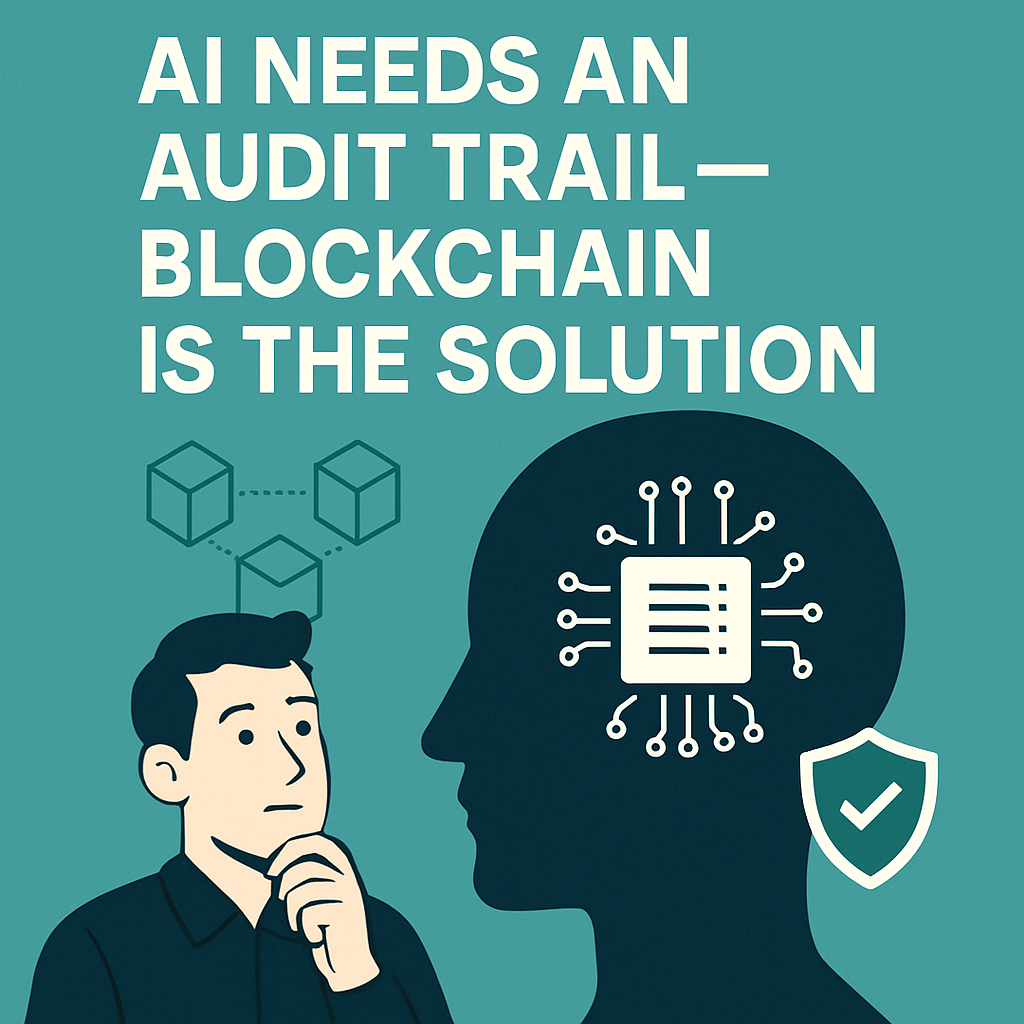
- April 10, 2025
- Samiran Mondal
- 0
Introduction: Why Transparency in AI Matters Now More Than Ever
Artificial Intelligence (AI) has become a powerful engine driving modern life—powering everything from personalized recommendations to financial decisions, healthcare diagnostics, and autonomous systems. But as AI takes on more responsibility, one issue becomes increasingly urgent: transparency.
Too often, AI systems operate as “black boxes,” generating outputs that even their own creators struggle to fully explain. This lack of clarity undermines trust, limits accountability, and creates barriers to regulatory compliance.
Transparency in AI means the ability to trace decisions back to data sources, algorithms, and model behavior. It’s essential for fairness, safety, and public confidence.
That’s where blockchain technology enters the conversation. Known for its decentralized, tamper-resistant architecture, blockchain offers an infrastructure that could fundamentally improve how AI systems are monitored, validated, and trusted.
Blockchain and AI Transparency: A Natural Partnership
Blockchain is built on a simple but powerful principle: every transaction is recorded, time-stamped, and immutable. When applied to AI systems, these features provide a reliable audit trail—capturing how data was used, how models were trained, and how decisions were made.
Imagine an AI model used in loan approvals. A decision to deny a loan could be traced back—via blockchain—to the specific version of the model, the dataset used, and any adjustments made over time. The record is permanent and accessible for scrutiny, without risking data tampering or manipulation.
Enhancing Reliability Through Verifiability
Trust in AI hinges on data integrity. Blockchain ensures that training data and inputs haven’t been altered after the fact. It also provides a secure environment for model governance, helping teams track updates and version control.
Smart contracts—automated rules coded into the blockchain—can add an additional layer of reliability. They can enforce compliance by preventing unauthorized changes to algorithms or ensuring that AI models operate within defined ethical parameters.
Case Study: Ocean Protocol
Ocean Protocol demonstrates how blockchain can facilitate ethical, transparent AI development. It offers a decentralized data exchange where datasets and algorithms are published and monetized—with every interaction recorded on-chain. This not only preserves data provenance but also allows AI developers to train models using verified, traceable sources.
Challenges in Integrating Blockchain with AI
While the synergy between AI and blockchain is promising, it’s not without hurdles.
Performance and Scalability: AI often requires high-speed data processing, while blockchain networks can be slower and more resource-intensive.
Data Privacy: Transparency must be balanced with the need to protect sensitive or personal information, especially in regulated industries.
Technical Complexity: Integrating blockchain into AI workflows adds layers of technical and operational complexity.
Addressing the Barriers
To overcome these challenges, hybrid approaches are emerging. These include:
Using private or permissioned blockchains for controlled environments.
Employing off-chain storage with on-chain validation to maintain performance.
Adopting privacy-preserving technologies like zero-knowledge proofs.
What’s Next: The Evolving Future of Blockchain + AI
The convergence of blockchain and AI is still in early stages, but momentum is growing. We can expect to see:
AI marketplaces that rely on blockchain to verify models and data.
Federated learning systems that train models across decentralized nodes, maintaining both privacy and transparency.
Regulatory frameworks that favor auditable, traceable AI systems—something blockchain is uniquely equipped to support.
This intersection will become especially relevant as global policymakers push for explainable AI and businesses demand greater accountability from the technologies they deploy.
Conclusion: Transparency is the Future of Ethical AI
Blockchain won’t solve every problem in AI, but it offers a powerful foundation for making AI more transparent, traceable, and trustworthy. As AI continues to influence critical decisions, the ability to audit and verify its behavior will become a defining feature of ethical, responsible systems.
Developers, executives, and policymakers should see blockchain not just as a fintech innovation—but as a key ally in shaping the future of AI.
